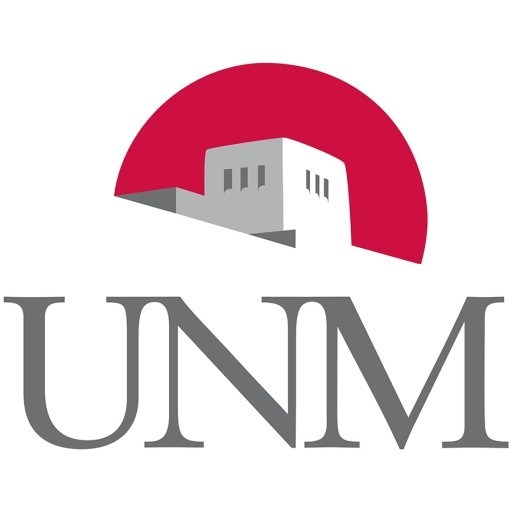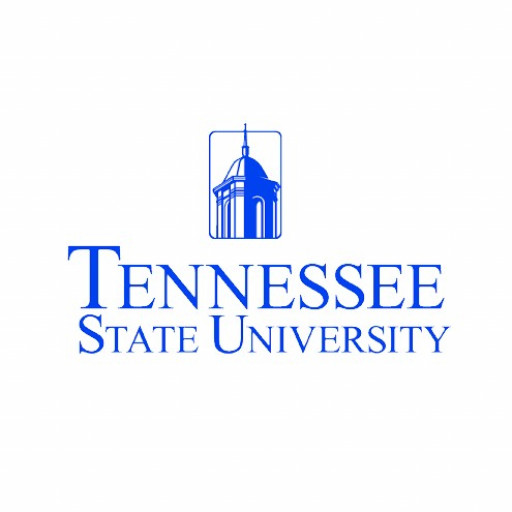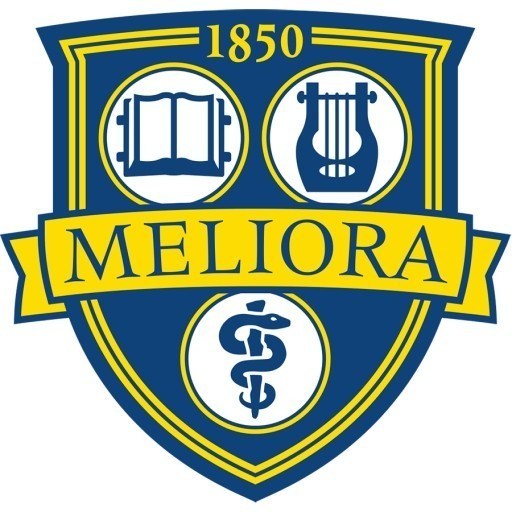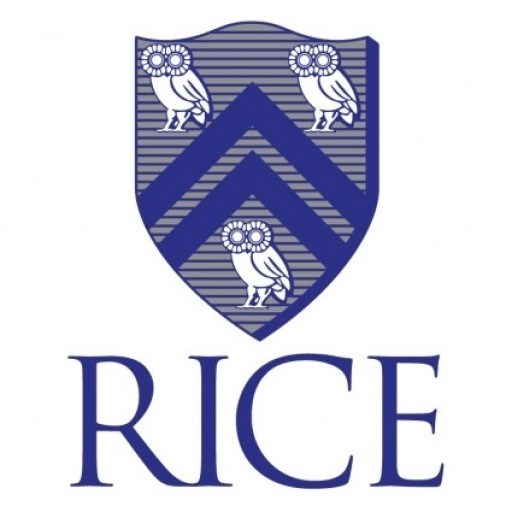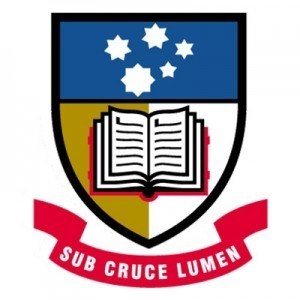Photos of university / #uofnm
The Department of Earth and Planetary Sciences offers the M.S. and Ph.D. degrees. In addition to the application form and fee and official transcripts for all college study required by the Office of Admissions, the Department requires a Departmental application, three letters of recommendation, a letter of intent, unofficial transcript copies, and general GRE scores for admission consideration.
Entering graduate students must demonstrate via their transcripts that they have received rigorous scientific preparation in courses relevant to graduate study in earth, planetary, atmospheric, or environmental science. Because the E&PS Department offers graduate training in many aspects of the earth sciences, there is no single list of courses that must have been completed prior to graduate study. Necessary background courses must instead be mutually agreed upon by the student, thesis advisor, and thesis committee, and must be approved by the Graduate Committee. It is expected that some students will need to take one or more 300-level EPS courses in order to prepare them adequately for their graduate programs; such courses must be taken as early in those students’ programs as possible. No graduate credit can be earned for 300-level classes in E&PS. Entering graduate students are expected to have completed the equivalent of Math 162 and 163, Chemistry 121 and 123L and 122 and 124L, and Physics 160 and 161 (calculus I and II, general chemistry I and II, and calculus-based physics that includes mechanics, electricity, heat, and magnetism). If one or more of these courses has not been taken, it will be formally identified as a deficiency that must be made up within the student’s first year in the graduate program. Additional coursework in math, chemistry, physics, statistics, or biology is encouraged. No graduate credit can be earned for 100- or 200-level math and science classes.
Students with a B.S. degree are generally admitted into the M.S. program. Under certain circumstances direct admission to the Ph.D. program from a B.S. degree may be possible. General requirements for the M.S. and Ph.D. degrees are stated in the earlier pages of this catalog. Each candidate will meet with their advisor, during the first week or so of the first semester of enrollment. The results of this interview will determine in part the student’s ensuing schedule. M.S. candidates are required to pass an examination involving the preparation and defense of a thesis proposal during the second semester of enrollment. Ph.D. candidates are required to pass a Comprehensive Examination, during the third semester of post-M.S. enrollment, involving the preparation and defense of two dissertation proposals.
YEAR 1:
SEMESTER I:
- End of first week turn in interview results and any petitions to Graduate Committee Chair.
- End of semester (prior to finals week) select three thesis committee members [notify examiners and Office Personnel by end of finals week]. Write a memo indicating these choices to the Department Chairperson and request assignment of additional examination member. Schedule full thesis committee meeting prior to end of semester to discuss thesis topic.
- End of semester (prior to finals week) complete Department Program of Study Form, (appendices III) which must be signed by all three thesis committee members, and submit to Graduate Committee for approval.
SEMESTER II:
- Prior to last three weeks of second semester - take M.S. examination and defend thesis proposal/research.
YEAR 2:
SEMESTER I:
- By end of second week complete Universities Office of Graduate Studies “Program of Studies for the Master’s Degree” form and submit through your advisor to the Graduate Committee Chairperson. (web-site http://www.unm.edu/~grad/forms/forms.html)
SEMESTER II:
- In order to complete and defend thesis this semester:
- Comply with Master’s Thesis/Graduation Checklist
- By August 1, for Fall, December 1, for Spring, or May 1, for Summer, the student must inform Department in writing of intention to complete all degree requirements during that semester
- Three weeks before thesis defense date arrange with department and Office of Graduate Studies scheduling of exam and place. Two weeks before defense date: Provide copy of thesis in main office for faculty examination.
- Turning in Your Electronic Thesis – IMPORTANT: A Plan I Master’s student must submit his/her thesis to OGS within (90) ninety days of his/her final thesis defense or by the specific graduation term degree requirement deadline (November 15, April 15, or July 15, respectively) whichever comes first. Please refer to the OGS Website –Thesis/Dissertation information for format guidelines and the procedures for the electronic submission option to satisfy the program degree requirement. When your thesis manuscript has all revisions completed and approved by your thesis committee, the procedures to submit electronically the manuscript should be completed. Each Master’s student will be required to submit electronically their thesis ONLY at the DSpace digital repository-UNM. All paper forms listed must be submitted to the Office of Graduate Studies or the electronic manuscript will not be accepted for final electronic thesis submission
Courses
- ENVS 101. The Blue Planet. (3)
- ENVS 102L. The Blue Planet Laboratory. (1)
- ENVS 315. Statistics and Data Analysis. (3)
- ENVS 320L. Environmental Systems. (4)
- ENVS 321L. Earth Materials and Critical Zone Geology. (4)
- ENVS 322L. Life and the Earth System . (4)
- ENVS 323L. Water in the Earth System. (4)
- ENVS 324. Earth's Climatic Environment. (3)
- ENVS 330. Environmental Systems. (3)
- ENVS 430L / 530L [430 / 530]. Advanced Environmental Science. (4)
- ENVS 530L / 430L [530 / 430]. Advanced Environmental Science. (4)
- EPS 101. How the Earth Works - An Introduction to Geology. (3)
- EPS 105L. Physical Geology Laboratory. (1)
- EPS 110. Topics in the Earth Sciences. (1-3 to a maximum of 3 Δ)
- EPS 115. Geological Disasters. (3)
- EPS 201L. Earth History. (4)
- EPS 203. Energy and the Environment. (3)
- EPS 225. Oceanography. (3)
- EPS 250. Geology of New Mexico. (3)
- EPS 251. Meteorology. (3)
- EPS 252. Volcanoes!. (3)
- EPS **300. Topics in Geology. (1-4, may be repeated once Δ)
- EPS **301. Mineralogy/Earth and Planetary Materials. (3)
- EPS **302L. Mineralogy Laboratory. (2)
- EPS **303L. Igneous and Metamorphic Petrology. (4)
- EPS **304L. Sedimentology and Stratigraphy. (4)
- EPS **307L. Structural Geology. (4)
- EPS 310L. New Mexico Field Geology. (4)
- EPS **319L. Introductory Field Geology. (4)
- EPS **333. Environmental Geology. (3)
- EPS 352. Global Climate Change. (3)
- EPS **365. Exploring the Solar System. (3)
- EPS *400. Topics in Earth and Planetary Sciences. (1-4, may be repeated once Δ)
- EPS 401 / 501. Colloquium. (1 to a maximum of 3 Δ)
- EPS 405L / 505L. Stable Isotope Geochemistry. (3)
- EPS 410 / 510. Fundamentals of Geochemistry. (3)
- EPS *411L. Invertebrate Paleontology. (4)
- EPS 415 / 515. Geochemistry of Natural Waters. (3)
- EPS 420L / 520L. Topics in Advanced Field Geology. (2-4 to a maximum of 8 Δ)
- EPS 427 / 527. Geophysics. (3)
- EPS 428 / 528. Applied Mathematics for Earth and Environmental Sciences. (3)
- EPS 433. Statistics and Data Analysis in Earth Science. (3)
- EPS 436 / 536. Climate Dynamics. (3)
- EPS *439. Paleoclimatology. (3)
- EPS 443 / 543. Aquifers and Reservoirs. (3)
- EPS 445 / 545. Topics in Sedimentology and Stratigraphy. (1-4, may be repeated 5 times Δ)
- EPS 450L / 550L. Volcanology. (4)
- EPS 455L / 555L. Computational and GIS Applications in Geomorphology. (3)
- EPS 457L / 557L. Mathematical Modeling in the Geosciences. (3)
- EPS 462 / 562. Hydrogeology. (3)
- EPS 465 / 565. Mars Evolution. (3)
- EPS 476 / 576. Physical Hydrology. (3)
- EPS 481L / 581L. Geomorphology and Surficial Geology. (4)
- EPS 482L / 582L. Geoarchaeology. (3)
- EPS 485L / 585L. Soil Stratigraphy and Morphology. (3)
- EPS *490. Geologic Presentation. (1)
- EPS 491-492. Problems. (1-3, 1-3)
- EPS 493. Independent Study. (3)
- EPS 495. Senior Thesis. (3)
- EPS 501 / 401. Colloquium. (1 to a maximum of 3 Δ)
- EPS 505L / 405L. Stable Isotope Geochemistry. (3)
- EPS 507L. Thermodynamics and Physical Foundations of Geochemistry. (4)
- EPS 510 / 410. Fundamentals of Geochemistry. (3)
- EPS 513. Planetary Materials and the Evolution of the Solar System. (3)
- EPS 515 / 415. Geochemistry of Natural Waters. (3)
- EPS 516. Selected Topics in Geomorphology. (3, may be repeated 5 times Δ)
- EPS 518L. Electron Microprobe Analysis. (3)
- EPS 520L / 420L. Topics in Advanced Field Geology. (2-4 to a maximum of 8 Δ)
- EPS 522. Selected Topics in Geophysics. (3, may be repeated 5 times Δ)
- EPS 523. Topics in Tectonics. (3, may be repeated 5 times Δ)
- EPS 527 / 427. Geophysics. (3)
- EPS 528 / 428. Applied Mathematics for Earth and Environmental Sciences. (3)
- EPS 534. Radiogenic Isotope Geochemistry. (3)
- EPS 535. Freshwater Ecosystems. (3)
- EPS 536 / 436. Climate Dynamics. (3)
- EPS 538L. Analytical Electron Microscopy. (3)
- EPS 543 / 443. Aquifers and Reservoirs. (3)
- EPS 545 / 445. Topics in Sedimentology and Stratigraphy. (1-4, may be repeated 5 times Δ)
- EPS 547-548. Seminar. (2-3, 2-3, may be repeated 5 times Δ)
- EPS 550L / 450L. Volcanology. (4)
- EPS 551-552. Problems. (1-3, 1-3)
- EPS 555L / 455L. Computational and GIS Applications in Geomorphology. (3)
- EPS 557L / 457L. Mathematical Modeling in the Geosciences. (3)
- EPS 558. Geomicrobiology. (3)
- EPS 562 / 462. Hydrogeology. (3)
- EPS 565 / 465. Mars Evolution. (3)
- EPS 576 / 476. Physical Hydrology. (3)
- EPS 581L / 481L. Geomorphology and Surficial Geology. (4)
- EPS 582L / 482L. Geoarchaeology. (3)
- EPS 585L / 485L. Soil Stratigraphy and Morphology. (3)
- EPS 587. Advanced Mineralogy. (3)
- EPS 599. Master's Thesis. (1-6, no limit Δ)
- A Bachelor's Degree in Earth and Planetary Sciences or related science (materials science, chemistry, meteorology, biology, physics, anthropology, engineering) is required for admission into the Master's program. Generally a Master's Degree is required for admission into the Ph.D. program, but exceptions may be made (see Ph.D. requirements and procedures).
- Admission is granted only to students with a strong prior academic record, as indicated by Grade Point Average, performance on the general Graduate Record Exam, breadth of background in geosciences and/or relevant fields, and letters of recommendation. Performance and background in courses outside of geosciences (supporting sciences, mathematics) are also considered in determining whether a student will be admitted to the graduate program.
- A student who is initially not accepted into the graduate program may enroll as a nondegree student, and take undergraduate and graduate courses. The student may apply for admission to the graduate program again for a subsequent semester, and, if accepted, may transfer up to 12 nondegree credits to graduate credit. Transfer of approved nondegree undergraduate (300-400 level) courses to graduate credit can only be done by petition, and a form, available at the Graduate School, must be submitted early in the semester for each course that may later be considered for graduate credit. This procedure is not necessary for 500level graduate courses taken under nondegree status. Graduate credit for approved 300, 400, and 500level courses is automatic for regular graduate students. See the Graduate Bulletin for more information.
- Generally, applicants must have a cumulative grade point average of at least 3.0 (B) or its equivalent in their last two undergraduate years and in their major field.
- $70.00 application fee
- Official English language proficiency results from either the TOEFL, IELTS, PTE-Academic, or Cambridge CPE or CAE
- Complete transcripts and degree certificates with official English translations, if necessary, from all post-secondary schools attended must be uploaded to the graduate application
- Official academic transcripts and degree certificates and with official English translations, if necessary, from all post-secondary institutions attended
- Financial Responsibility form and official bank statements
Scholarships
- Assistantships
